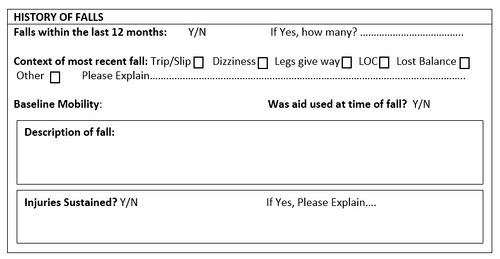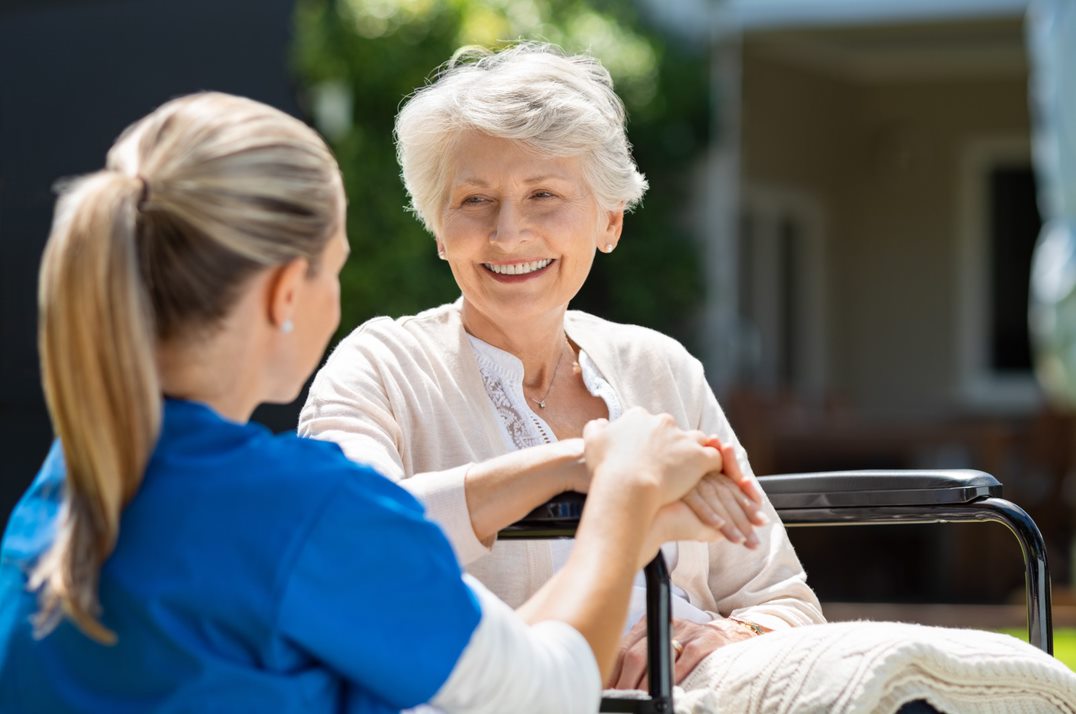The Best Strategy To Use For Dementia Fall Risk
The Best Strategy To Use For Dementia Fall Risk
Blog Article
The Of Dementia Fall Risk
Table of ContentsGetting My Dementia Fall Risk To WorkNot known Incorrect Statements About Dementia Fall Risk Not known Facts About Dementia Fall RiskThe Buzz on Dementia Fall RiskMore About Dementia Fall Risk
The FRAT has 3 areas: drop danger standing, risk factor checklist, and activity plan. An Autumn Threat Condition includes information about history of current falls, medicines, psychological and cognitive standing of the patient - Dementia Fall Risk.If the person scores on a danger variable, the corresponding variety of factors are counted to the patient's fall risk score in the box to the much ideal. If an individual's fall risk score totals five or higher, the person goes to high risk for falls. If the person ratings just 4 points or reduced, they are still at some danger of dropping, and the registered nurse must utilize their best clinical assessment to manage all fall danger elements as part of an all natural treatment strategy.
These standard approaches, in general, help establish a safe environment that minimizes unintentional drops and delineates core precautionary actions for all people. Indicators are important for individuals at threat for falls.
The Single Strategy To Use For Dementia Fall Risk
Wristbands must include the person's last and very first name, day of birth, and NHS number in the UK. Only red color ought to be made use of to indicate unique client standing.
Things that are also far may call for the patient to reach out or ambulate unnecessarily and can possibly be a hazard or add to falls. Assists protect against the person from heading out of bed without any support. Nurses respond to fallers' call lights quicker than they do to lights initiated by non-fallers.
Aesthetic disability can significantly trigger falls. Keeping the beds closer to the flooring lowers the threat of falls and significant injury. Putting the cushion on the floor substantially lowers fall danger in some healthcare settings.
The 8-Second Trick For Dementia Fall Risk
People that are high and with weak leg muscles that attempt to rest on the bed from a standing placement are likely to fall onto the bed since it's also reduced for them to reduce themselves securely. If a tall client efforts to get up from a reduced bed without aid, the person is most likely to drop back down onto the bed or miss out on the bed and fall onto the flooring.
They're made to advertise timely rescue, not to avoid drops from bed. Aside from bed alarm systems, enhanced supervision for high-risk patients also might aid protect against drops.

Clients with an evasion gait rise loss possibilities substantially. To reduce autumn risk, shoes should be with a little to no heel, slim soles with slip-resistant step, and sustain the ankles. Suggest patient to use nonskid socks to prevent the feet from sliding upon standing. Urge people to put on appropriate, well-fitting shoesnot nonskid socks for ambulation.
Some Of Dementia Fall Risk
Individuals, particularly older grownups, have lowered aesthetic capability. Lighting an unknown setting helps raise presence if the individual must rise in the evening. In a research study, homes with adequate lighting record fewer drops (Ramulu et al., 2021). Improvement in why not check here lights in your home might lower autumn rates in older adults (Dementia Fall Risk). The use of gait belts by all healthcare carriers can promote safety and security when assisting individuals with transfers from bed to chair.

Sitters work for ensuring a safe, protected, and safe environment. Research studies demonstrated very low-certainty proof that sitters decrease see this here loss threat in acute treatment hospitals and only moderate-certainty that choices like video tracking can decrease sitter usage without boosting autumn risk, recommending that sitters are not as valuable as originally thought (Greely et al., 2020).
Dementia Fall Risk Things To Know Before You Get This

Boosted physical conditioning reduces the threat for drops and restricts injury that is received when loss transpires. Land and water-based workout programs might be likewise helpful on equilibrium and gait and consequently minimize the risk for drops. Water workout may add a positive advantage on equilibrium and stride for women 65 years and older.
Chair Increase Exercise is a basic sit-to-stand exercise that helps enhance the muscle mass in the thighs and butts and improves wheelchair and self-reliance. The objective is to do Chair Increase exercises without making use of hands as the client becomes stronger. See sources area for an this post in-depth guideline on just how to execute Chair Rise workout.
Report this page